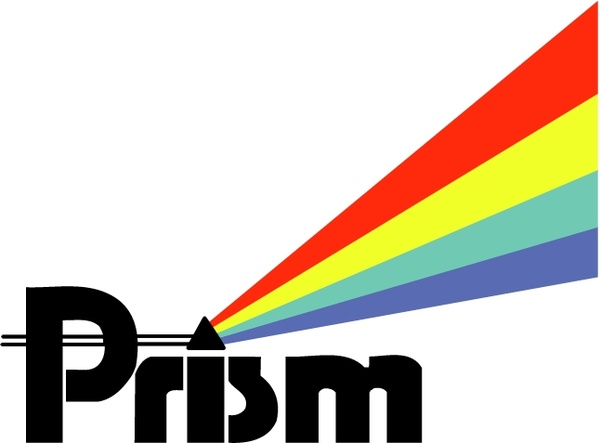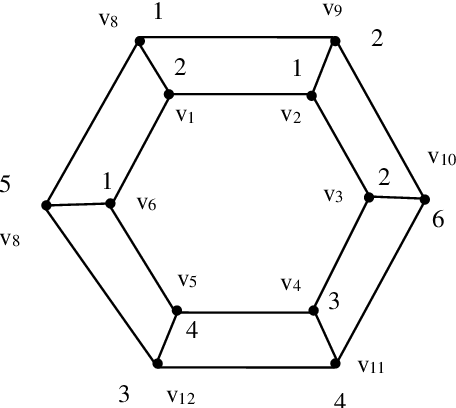


In the symbol section of this dialogue, we can choose to change the color, shape, size, and border options for the symbol shown on the graph. If we switch our selection back to each replicate under appearance, you can see that the options for error bars have simply been disabled. Because of this, we have the option of customizing the appearance settings for the error bars on the graph or the option to toggle the error bars on or off entirely. For example, we currently have mean in error selected under appearance near the top of this tab. Once again, depending on the graph type being used and the options chosen under appearance and plot, you can choose to toggle some of these object sections on or off while others may be disabled entirely.

However, for each graph, this section will provide appropriate options for displaying symbols, bars, spikes and drop lines, error bars, connecting lines and curves, area fill on the graph and other options such as bars and boxes, which is not shown here as our graph type doesn't include any of these objects. The order and presence of the objects that can be customized in the next section may vary depending on the family and type of graph that you're customizing. Alternatively, if you choose mean or median with error, you can use plot to identify how you want the air to be displayed of standard deviation, a standard error of the mean, the 95% confidence interval or the range of the data. If you choose each replicate, as we've done here, you can choose to have the points of the graph aligned or staggered using the options under plot.

For example, you can choose to show only a single point for the mean or median, you can choose to show mean or median with error bars or you can choose to show each replicate. These options are similar to the option that we saw when choosing our graph type and the previous video. Under appearance, you can select how you want the data to be shown. The next section of this tab provides available options for the graph style depending on the family and type of graph you've selected. This indicates that you're making changes to all of the datasets. You can choose an individual dataset to modify or you can select to change all datasets at once.Īs a shortcut to apply customizations to all of the datasets at once, you can hold the control button down on your keyboard, which will cause a small globe to display next to your cursor. We'll start on the appearance tab of this dialog and right at the very top you can see that there is a dropdown that allows you to select which dataset you'd like to customize. The dialogue that appears has a lot of options and may seem a bit overwhelming at first, but the choices you can make in this dialogue are all relatively intuitive and will start to become very familiar as we work through various options available and you begin customizing graphs of your own. To access the format graph dialog, you can either click on the format graph button in the toolbar or simply double click in the graphing area itself. In this video we're going to continue looking at graph customization, focusing on the options found within the format graph dialogue.
Graph prism 5 rapidshare series#
So in the first video of this series we looked at some simple and direct ways that we could use to add some customization and personalization to our basic default graph. Trajen Head, Product Manager for GraphPad Prism. This video is part of the Graphing Basics series, presented by Dr. Customize the position and format of annotations.Customize the appearance of objects on the graph.Personalize the feel and presentation of your data with a deep dive into customization options for the appearance of your graphs.


 0 kommentar(er)
0 kommentar(er)
